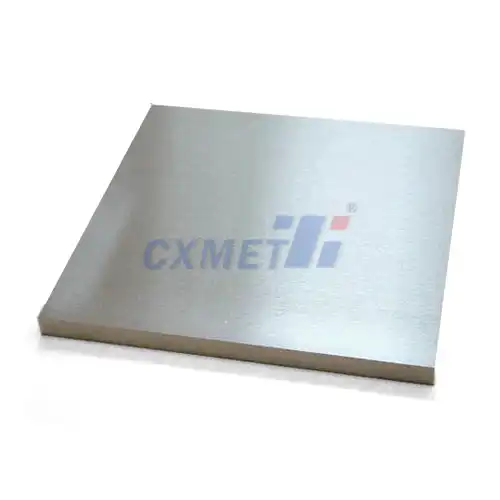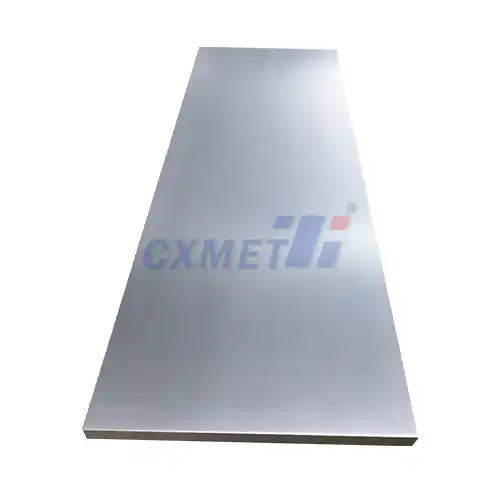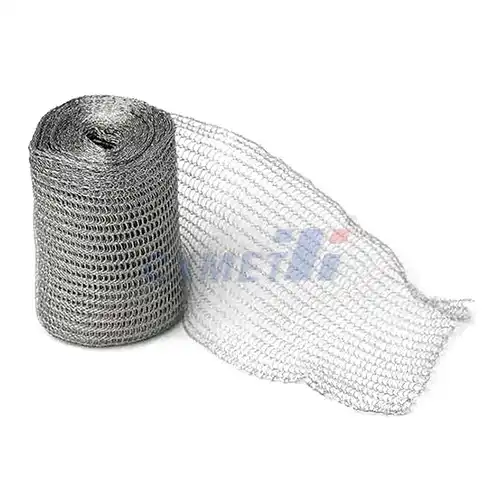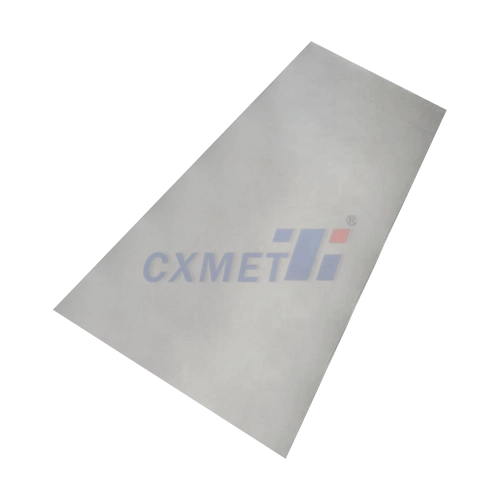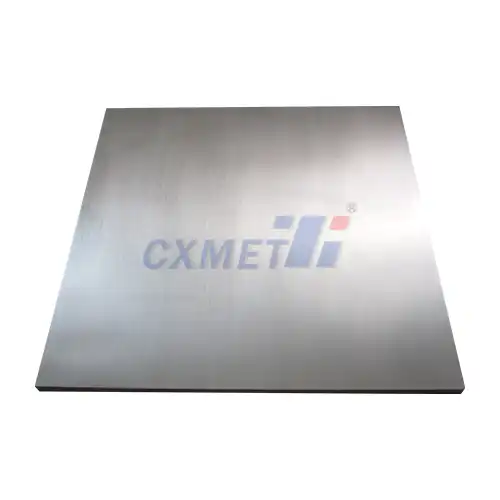- English
- French
- German
- Portuguese
- Spanish
- Russian
- Japanese
- Korean
- Arabic
- Greek
- German
- Turkish
- Italian
- Danish
- Romanian
- Indonesian
- Czech
- Afrikaans
- Swedish
- Polish
- Basque
- Catalan
- Esperanto
- Hindi
- Lao
- Albanian
- Amharic
- Armenian
- Azerbaijani
- Belarusian
- Bengali
- Bosnian
- Bulgarian
- Cebuano
- Chichewa
- Corsican
- Croatian
- Dutch
- Estonian
- Filipino
- Finnish
- Frisian
- Galician
- Georgian
- Gujarati
- Haitian
- Hausa
- Hawaiian
- Hebrew
- Hmong
- Hungarian
- Icelandic
- Igbo
- Javanese
- Kannada
- Kazakh
- Khmer
- Kurdish
- Kyrgyz
- Latin
- Latvian
- Lithuanian
- Luxembou..
- Macedonian
- Malagasy
- Malay
- Malayalam
- Maltese
- Maori
- Marathi
- Mongolian
- Burmese
- Nepali
- Norwegian
- Pashto
- Persian
- Punjabi
- Serbian
- Sesotho
- Sinhala
- Slovak
- Slovenian
- Somali
- Samoan
- Scots Gaelic
- Shona
- Sindhi
- Sundanese
- Swahili
- Tajik
- Tamil
- Telugu
- Thai
- Ukrainian
- Urdu
- Uzbek
- Vietnamese
- Welsh
- Xhosa
- Yiddish
- Yoruba
- Zulu
How is GR2 Titanium Wire Used in Medical Applications?
2024-09-09 14:56:49
Grade 2 (GR2) Titanium Wire has become an indispensable material in modern medicine, offering a unique combination of strength, biocompatibility, and versatility. This remarkable alloy has revolutionized various medical procedures and devices, contributing significantly to improved patient outcomes and innovative medical technologies. In this comprehensive exploration, we'll delve into the diverse applications of GR2 Titanium Wire in the medical field, examining its properties, benefits, and the cutting-edge procedures it enables.
What are the key properties of GR2 Titanium Wire that make it suitable for medical use?
GR2 Titanium Wire possesses a unique set of characteristics that make it exceptionally well-suited for medical applications. Its remarkable properties have led to its widespread adoption in the healthcare industry, revolutionizing numerous medical procedures and devices. Let's explore the key attributes that make GR2 Titanium Wire an invaluable material in modern medicine.
First and foremost, biocompatibility is perhaps the most critical property of GR2 Titanium Wire in medical contexts. The human body is known to accept titanium readily, with minimal risk of rejection or adverse reactions. This exceptional biocompatibility is due to the formation of a stable oxide layer on the surface of the titanium wire when exposed to oxygen. This layer acts as a protective barrier, preventing corrosion and the release of potentially harmful ions into the surrounding tissues. As a result, GR2 Titanium Wire can be safely implanted in the body for extended periods, making it ideal for long-term medical devices and implants.
The strength-to-weight ratio of GR2 Titanium Wire is another crucial property that sets it apart from other materials. Despite being remarkably lightweight, titanium boasts impressive tensile strength and durability. This unique combination allows for the creation of medical devices and implants that are both strong enough to withstand the stresses of the human body and light enough to minimize discomfort for patients. The high strength-to-weight ratio also enables the design of smaller, less invasive devices without compromising on structural integrity.
Corrosion resistance is another standout feature of GR2 Titanium Wire. The aforementioned oxide layer not only contributes to its biocompatibility but also provides excellent protection against corrosion. This resistance is particularly important in medical applications, where exposure to bodily fluids and various chemicals is common. The ability to withstand corrosion ensures the longevity and reliability of medical devices and implants made from GR2 Titanium Wire, reducing the need for frequent replacements and minimizing the risk of complications due to material degradation.
The flexibility and elasticity of GR2 Titanium Wire further enhance its suitability for medical use. While maintaining its strength, the wire can be bent and shaped to conform to complex anatomical structures. This malleability is especially valuable in orthopedic and dental applications, where the wire needs to adapt to the unique contours of bones or teeth. The elastic properties of the wire also allow for the creation of devices that can flex and move with the body, providing a more natural feel and reducing the risk of stress-related failures.
In conclusion, the combination of biocompatibility, strength, corrosion resistance, flexibility, fatigue resistance, non-magnetic properties, and low conductivity makes GR2 Titanium Wire an exceptional material for medical applications. These properties collectively enable the development of safer, more effective, and longer-lasting medical devices and implants, ultimately contributing to improved patient care and outcomes across various medical specialties.
How does GR2 Titanium Wire compare to other materials in orthopedic implants?
When it comes to orthopedic implants, the choice of material is crucial for ensuring long-term success, patient comfort, and optimal healing. GR2 Titanium Wire has emerged as a frontrunner in this field, often outperforming other materials in various aspects. Let's compare GR2 Titanium Wire with other commonly used materials in orthopedic implants to understand its unique advantages and potential limitations.
One of the primary materials that GR2 Titanium Wire competes with in orthopedic applications is stainless steel. Stainless steel has been a staple in medical implants for many years due to its strength, durability, and relatively low cost. However, GR2 Titanium Wire offers several advantages over stainless steel. Firstly, titanium is significantly lighter than stainless steel, which translates to reduced stress on surrounding tissues and improved patient comfort, especially in larger implants. The lower weight of titanium implants can also contribute to faster recovery times and improved mobility for patients.
In terms of biocompatibility, GR2 Titanium Wire clearly outperforms stainless steel. While high-grade stainless steel is generally well-tolerated by the body, it still carries a higher risk of allergic reactions and long-term complications compared to titanium. The superior biocompatibility of titanium means a lower likelihood of implant rejection and reduced inflammation around the implant site. This is particularly important for patients with metal sensitivities or those requiring long-term implants.
Another material often used in orthopedic implants is cobalt-chromium alloy. Like titanium, cobalt-chromium offers excellent strength and wear resistance. However, GR2 Titanium Wire has the advantage when it comes to weight and elasticity. The lower modulus of elasticity of titanium allows for better load distribution and reduced stress shielding, which can help maintain bone density around the implant site. This is particularly beneficial in applications such as spinal fusion cages or joint replacements, where maintaining bone health is crucial for long-term success.
When comparing GR2 Titanium Wire to polymers such as polyetheretherketone (PEEK), which are sometimes used in orthopedic implants, titanium offers superior strength and longevity. While PEEK has the advantage of being radiolucent (allowing for clearer imaging), titanium's strength and durability make it a better choice for load-bearing applications. Additionally, recent advancements in imaging techniques have mitigated some of the challenges associated with imaging titanium implants.
In terms of osseointegration – the direct structural and functional connection between living bone and the surface of an implant – GR2 Titanium Wire excels. The surface of titanium implants can be treated to enhance bone ingrowth, leading to stronger and more stable long-term fixation. This property is particularly valuable in dental implants and certain orthopedic applications where a strong bond between the implant and surrounding bone is crucial.
One area where GR2 Titanium Wire particularly shines is in its resistance to corrosion. While high-quality stainless steel and cobalt-chromium alloys also offer good corrosion resistance, titanium's natural oxide layer provides superior protection. This is especially important in the harsh biochemical environment of the human body, where implants are constantly exposed to various fluids and stresses. The excellent corrosion resistance of titanium contributes to the longevity of implants and reduces the risk of complications associated with material degradation over time.
The non-magnetic nature of GR2 Titanium Wire is another significant advantage in modern orthopedic practice. With the increasing use of MRI in diagnostics and follow-up care, titanium implants allow for safer and clearer imaging compared to ferromagnetic materials like certain grades of stainless steel. This compatibility with MRI is crucial for long-term patient monitoring and the diagnosis of potential complications.
In conclusion, GR2 Titanium Wire offers a compelling combination of properties that make it an excellent choice for many orthopedic implant applications. Its lightweight nature, superior biocompatibility, excellent corrosion resistance, and ability to promote osseointegration give it significant advantages over many other materials. While it may not be the ideal choice for every orthopedic application due to cost considerations or specific mechanical requirements, GR2 Titanium Wire has rightfully earned its place as a premier material in modern orthopedic implants. As research continues and manufacturing techniques evolve, we can expect to see even more innovative uses of titanium in orthopedic medicine, further improving patient outcomes and quality of life.
What are the innovative applications of GR2 Titanium Wire in cardiovascular procedures?
The field of cardiovascular medicine has seen remarkable advancements in recent years, with GR2 Titanium Wire playing a pivotal role in many innovative procedures and devices. The unique properties of this material have opened up new possibilities for treating heart and vascular conditions, offering improved outcomes and reduced risks for patients. Let's explore some of the most innovative applications of GR2 Titanium Wire in cardiovascular procedures.
One of the most significant applications of GR2 Titanium Wire in cardiovascular medicine is in the development of stents. Coronary stents are small, mesh-like tubes used to open blocked arteries and restore blood flow to the heart. Traditional stents were often made of stainless steel, but titanium stents have gained popularity due to their superior biocompatibility and reduced risk of restenosis (re-narrowing of the artery). GR2 Titanium Wire allows for the creation of stents that are both strong enough to maintain arterial patency and flexible enough to conform to the natural curvature of blood vessels.
The use of titanium in stent design has led to the development of more advanced drug-eluting stents (DES). These stents are coated with medications that are slowly released into the surrounding tissue to prevent cell proliferation and reduce the risk of restenosis. The corrosion resistance and biocompatibility of GR2 Titanium Wire make it an ideal base material for these sophisticated devices, ensuring that the drug coating adheres well and is released at the intended rate.
Another innovative application of GR2 Titanium Wire is in the field of transcatheter heart valve replacements. These minimally invasive procedures involve implanting a prosthetic heart valve via a catheter, typically through a small incision in the leg, rather than through open-heart surgery. The frame of these valves often incorporates titanium wire, providing the necessary strength and flexibility to compress the valve for delivery and then expand it once in place. The biocompatibility of titanium is crucial in this application, as the valve frame remains in direct contact with blood and heart tissue.
GR2 Titanium Wire has also found use in the development of left ventricular assist devices (LVADs). These mechanical pumps are used to support heart function in patients with advanced heart failure. The durability and corrosion resistance of titanium make it an excellent choice for components of these devices that come into contact with blood. The use of titanium can help reduce the risk of thrombosis (blood clot formation) and extend the lifespan of the device, which is critical for patients who may depend on an LVAD for an extended period.
In the realm of electrophysiology, GR2 Titanium Wire is being utilized in the creation of more advanced pacemaker and defibrillator leads. These thin wires carry electrical signals between the heart and the implanted device. Titanium's excellent electrical conductivity, combined with its biocompatibility and corrosion resistance, makes it an ideal material for improving the longevity and reliability of these crucial components. Some innovative designs incorporate titanium wire coatings or alloys to enhance the lead's performance and reduce the risk of complications such as lead fracture or insulation breach.
The development of biodegradable cardiovascular implants represents another frontier where GR2 Titanium Wire is making an impact. While pure titanium is not biodegradable, researchers are exploring titanium-based alloys and composites that can provide temporary support to cardiovascular structures and then gradually dissolve once healing is complete. This approach could revolutionize treatments for congenital heart defects in children, allowing for implants that support growth and remodeling without the need for multiple surgeries to replace or remove devices.
GR2 Titanium Wire is also playing a role in the advancement of neurovascular interventions, particularly in the treatment of aneurysms. Titanium wire is used in the construction of flow-diverting stents and embolization coils. These devices are designed to redirect blood flow away from an aneurysm, promoting clotting within the aneurysm sac and reducing the risk of rupture. The flexibility and shape memory properties of titanium wire allow for the creation of devices that can navigate the tortuous vasculature of the brain and conform to complex aneurysm geometries.
In the field of peripheral vascular disease, GR2 Titanium Wire is being used to develop more effective and durable stent grafts for the treatment of aortic aneurysms. These devices combine the structural support of a stent with a fabric graft to reinforce weakened arterial walls. The use of titanium in the stent portion of these devices provides the necessary strength while minimizing the overall bulk of the implant, allowing for easier delivery through smaller, less invasive access points.
In conclusion, the applications of GR2 Titanium Wire in cardiovascular procedures are diverse and continually evolving. From improving existing technologies like stents and pacemaker leads to enabling entirely new approaches like biodegradable implants and tissue-engineered vessels, titanium is at the forefront of innovation in cardiovascular medicine. As research continues and manufacturing techniques advance, we can expect to see even more groundbreaking applications of this versatile material, ultimately leading to better outcomes and improved quality of life for patients with cardiovascular diseases.
At SHAANXI CXMET TECHNOLOGY CO., LTD, we take pride in our extensive product range, which caters to diverse customer needs. Our company is equipped with outstanding production and processing capabilities, ensuring the high quality and precision of our products. We are committed to innovation and continuously strive to develop new products, keeping us at the forefront of our industry. With leading technological development capabilities, we are able to adapt and evolve in a rapidly changing market. Furthermore, we offer customized solutions to meet the specific requirements of our clients. If you are interested in our products or wish to learn more about the intricate details of our offerings, please do not hesitate to contact us at sales@cxmet.com. Our team is always ready to assist you.
References
1. Elahinia, M. H., et al. (2012). Manufacturing and processing of NiTi implants: A review. Progress in Materials Science, 57(5), 911-946.
2. Niinomi, M. (2008). Mechanical biocompatibilities of titanium alloys for biomedical applications. Journal of the Mechanical Behavior of Biomedical Materials, 1(1), 30-42.
3. Ratner, B. D., et al. (2013). Biomaterials science: an introduction to materials in medicine. Academic press.
4. Saini, M., et al. (2015). Implant biomaterials: A comprehensive review. World Journal of Clinical Cases, 3(1), 52.
5. Steinemann, S. G. (1998). Titanium—the material of choice? Periodontology 2000, 17(1), 7-21.
